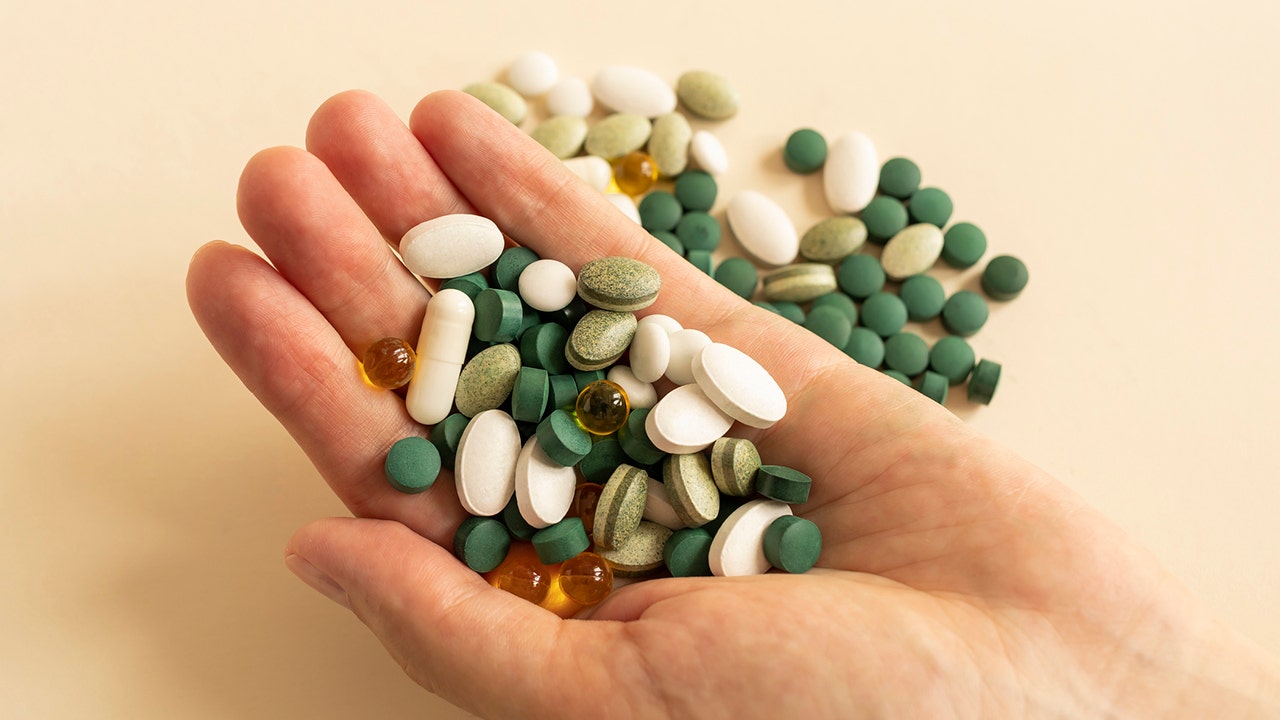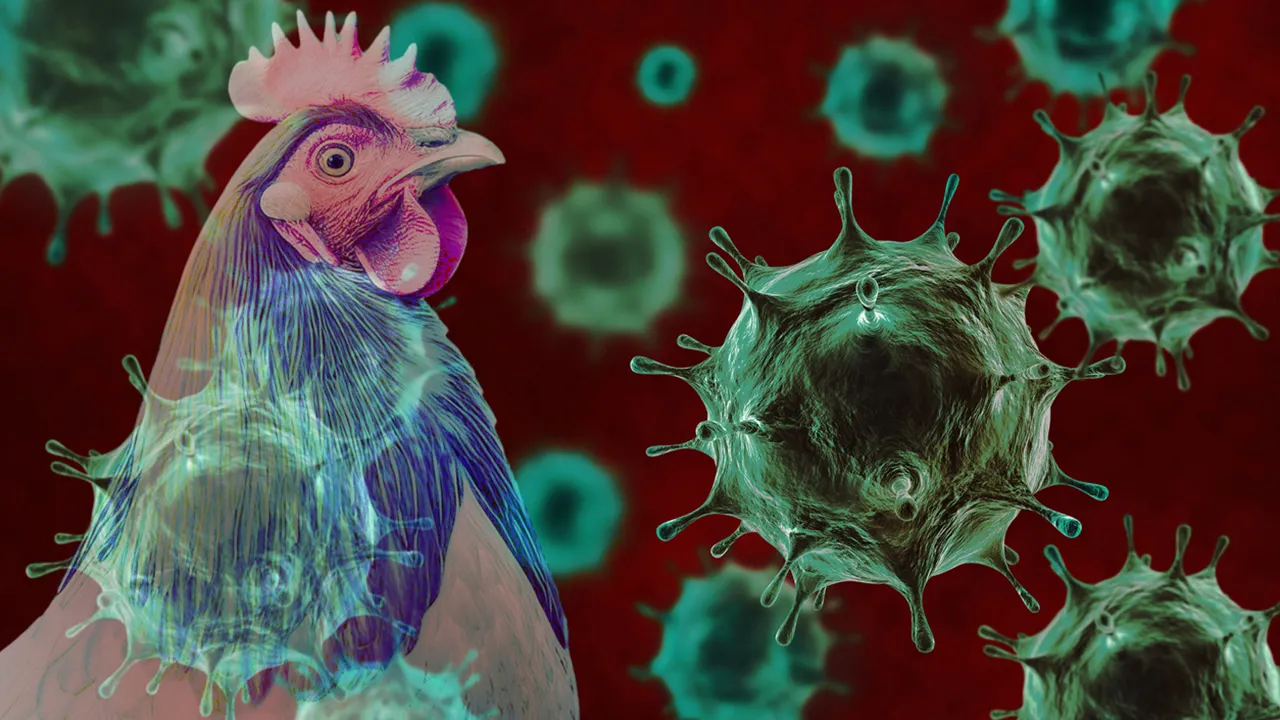- A new study used a “Trojan horse” GLP-1 drug to smuggle neuroplasticity molecules into the brains of mice, which doubled weight loss.
- Researchers say this experimental drug increased neuroplasticity in the brain to facilitate weight loss.
- The findings suggest that GLP-1 drugs could leak through the blood-brain barrier as they carry these plasticity-promoting molecules.
A new study in mice suggests it is possible to double the weight loss associated with GLP-1 medications by piggybacking certain neuroplasticity-promoting molecules alongside the hormone.
This is the conclusion of researchers with the Novo Nordisk Foundation Center for Basic Metabolic Research at the University of Copenhagen. The findings were recently published in
GLP-1 hormones can leak through the permeable areas of the blood-brain barrier, so they can serve as “Trojan horses” that sneak the plasticity-promoting molecules into the brain, researchers say.
The findings assume that increasing brain plasticity — or its ability to change — may allow the brain to more readily adapt to weight loss. The molecules that promote plasticity in the study are the NMDA receptor agonist MK-801, which affects neuroplasticity in the hypothalamus and the brain stem.
If this mouse study’s findings are replicated in humans, these experimental molecules could super-charge already highly effective GLP-1 drugs for diabetes, cardiovascular disease, and weight-loss drugs such as Wegovy and Ozempic.
In addition to potentially increasing the weight-loss effects of GLP-1 drugs, combining them with the plasticity molecules may allow physicians to prescribe lower doses, thus avoiding the nausea that some experience with the current medications.
“We already know that GLP-1-based drugs can lead to weight loss. The molecule that we have attached to GLP-1 affects the so-called glutamatergic neurotransmitter system, and in fact, other studies with human participants suggest that this family of compounds has significant weight loss potential,” Clemmensen said in a University of Copenhagen press release.
Scientists believe much of the brain’s functionality has to do with establishing connections between neurons.
The ability to form new connections, called neuroplasticity, is mainly active during childhood but continues throughout our lives. These connections carry information and instructions through the brain and to the rest of the body.
The brain shows a remarkable ability to forge new synaptic connections after it is injured, for example, learning to move again after a stroke or traumatic brain injury.
According to the study’s corresponding author, Christoffer Clemmensen, PhD, “When it comes to neuroplasticity, everything seems to be context-dependent.”
“Evidence points to pharmacotherapies targeting neuroplasticity being most effective when applied alongside other types of therapies,” Clemmensen told Medical News Today.
“For example, addressing both neurochemical and behavioral aspects of conditions can be more beneficial. This integrative strategy takes advantage of the brain’s ability to adapt to diverse inputs, leading to more comprehensive and lasting improvements,” he added.
Combining GLP-1 with the researchers’ molecules is one such combination approach.
“The idea of applying this approach to obesity and weight regulation is very new. This approach is still quite speculative, but something we are intensely working on,” Clemmensen said.
“The thinking is that using a drug to lower body weight and then coupling it with another drug that consolidates the neuronal wiring at this adjusted lower weight might help patients maintain a lower weight.”
In other words, GLP-1 medications can cause the body to lose weight, but enhancing neuroplasticity could help retrain the brain to accept that new weight as the new normal.
“I’m not aware of any drugs that are intentionally regulating brain plasticity,” reported Darleen Sandoval, PhD, professor of Pediatrics-Nutrition at the University of Colorado, who was not involved in the study.
“However, there is some indication that this is how psychoactive substances might be used to treat trauma, or even help recovery from spinal or brain injuries,” Sandoval noted.
The blood-brain barrier helps preserve the integrity of the brain. At the same time, it makes it difficult to administer medications directly into the brain.
GLP-1 medications, however, can make their way through structures in the blood-brain barrier called “circumventricular organs,” which are more permeable and “leaky” than the barrier is elsewhere. They serve the purpose of allowing the brain to monitor and respond to changes in circulating hormones.
“This permeability can be both a virtue and a vice,” Clemmenson said.
“It is a virtue in the context of restricted delivery of an (otherwise unspecific) NMDA receptor antagonist only to those leaky sites, which are crucial for appetite and body weight regulation in the hypothalamus and brain stem. Targeting deeper regions of the brain is more challenging due to the limited access of peptides such as GLP-1.”
— Christoffer Clemmensen, PhD, corresponding study author
As to whether the researchers’ idea of dual-therapy delivery may apply to other conditions, Clemmensen offered some suggestions.
“Because NMDA receptor antagonism is a target in Alzheimer’s disease and GLP-1 receptor-based drugs are currently undergoing clinical evaluation for AD, this combination would be an obvious next area of focus,” he said.
Sandoval cited other conditions impacted by GLP-1 agonists as potential areas for more research. “GLP-1 in the brain has been targeted for Parkinson’s, Alzheimer’s, regulating inflammation, regulated reward behaviors, etc,” she said.
Clemmonson pointed to an Alzheimer’s-approved drug, memantine, which has shown promising results for binge-eating disorder in a handful of small studies. “Memantine is like MK-801 and ketamine, a classical NMDA receptor blocker,” he said.
Sandoval cautioned that translating any findings from a mouse study to humans can be concerning.
“However, it is interesting that the GLP-1 system is extremely translatable from mouse to human — at least in terms of the main endpoints of interest here-food intake and body weight,” she said.
Sandoval noted that the side effects of GLP-1 drugs in mice seem similar to those in humans.
““Energy expenditure has proven to be a difficult end-point to target in humans. However, I am cautiously optimistic that results could be translatable. I think one of the most important contributions of this paper is that the technology and thought processes behind the development of this drug could be harnessed to the development of future drug formulations that are more specific to targeting body weight regulation without negative side effects.”
— Darleen Sandoval, PhD, professor of pediatrics and nutrition
Read the full article here












